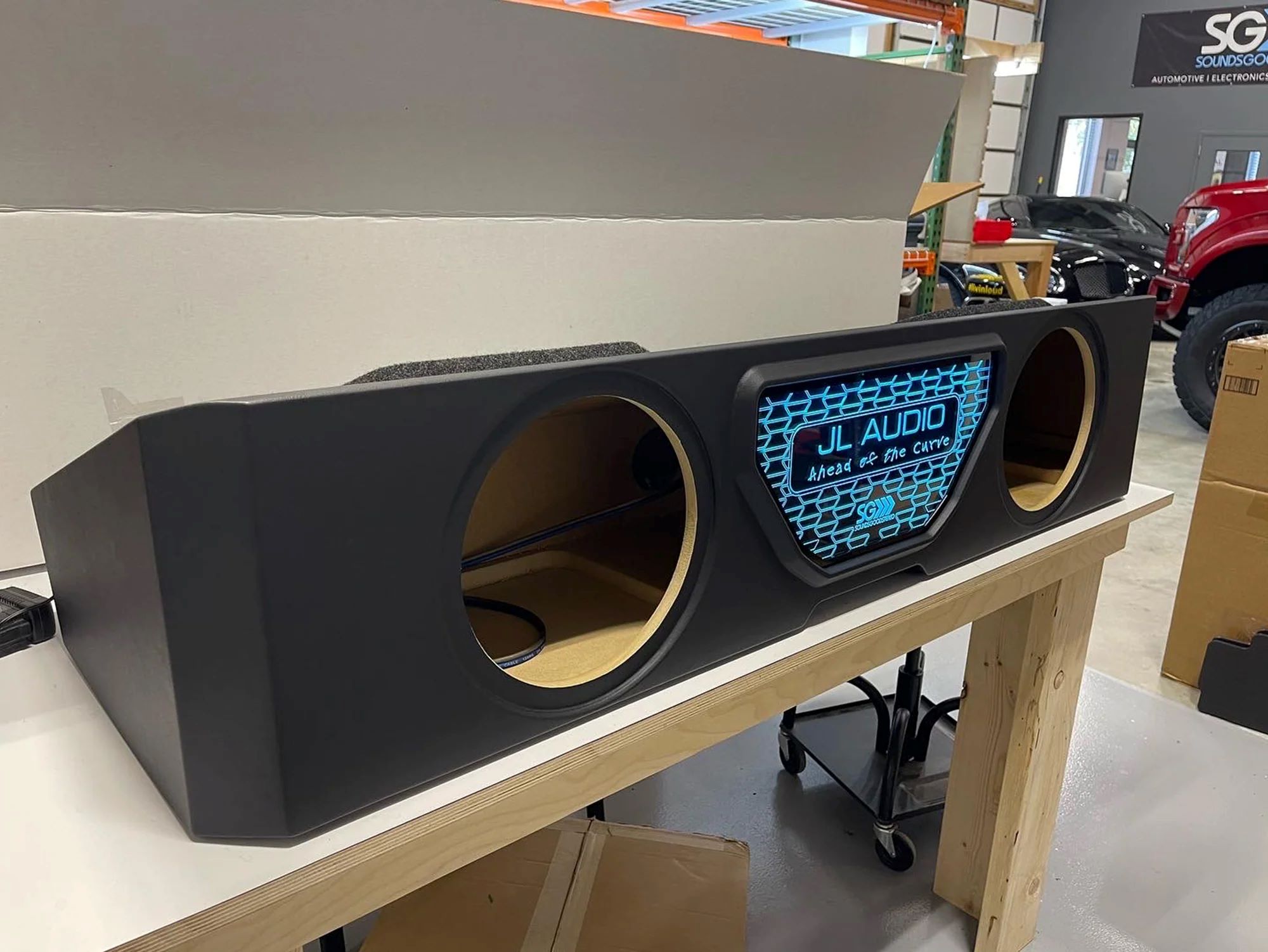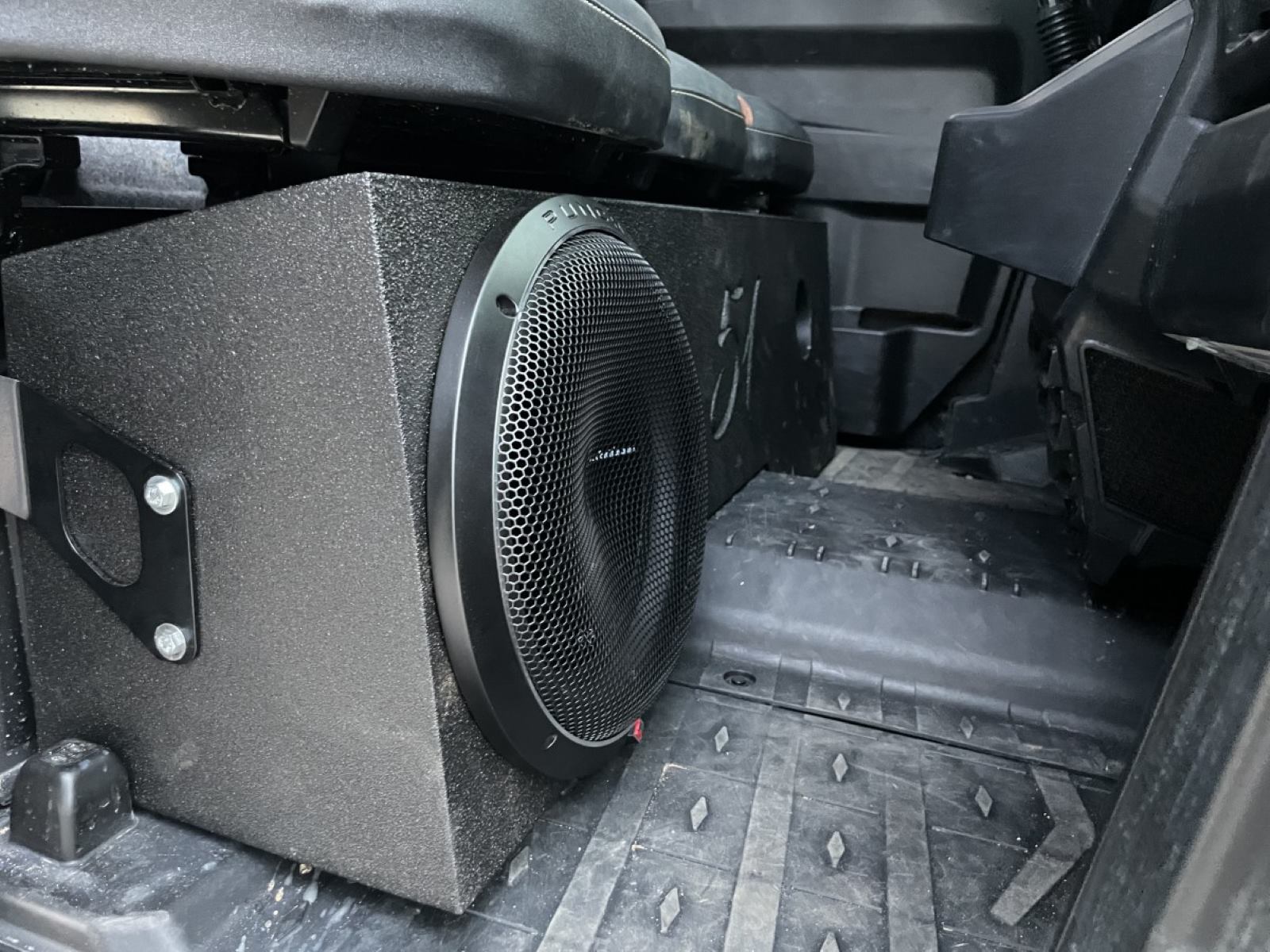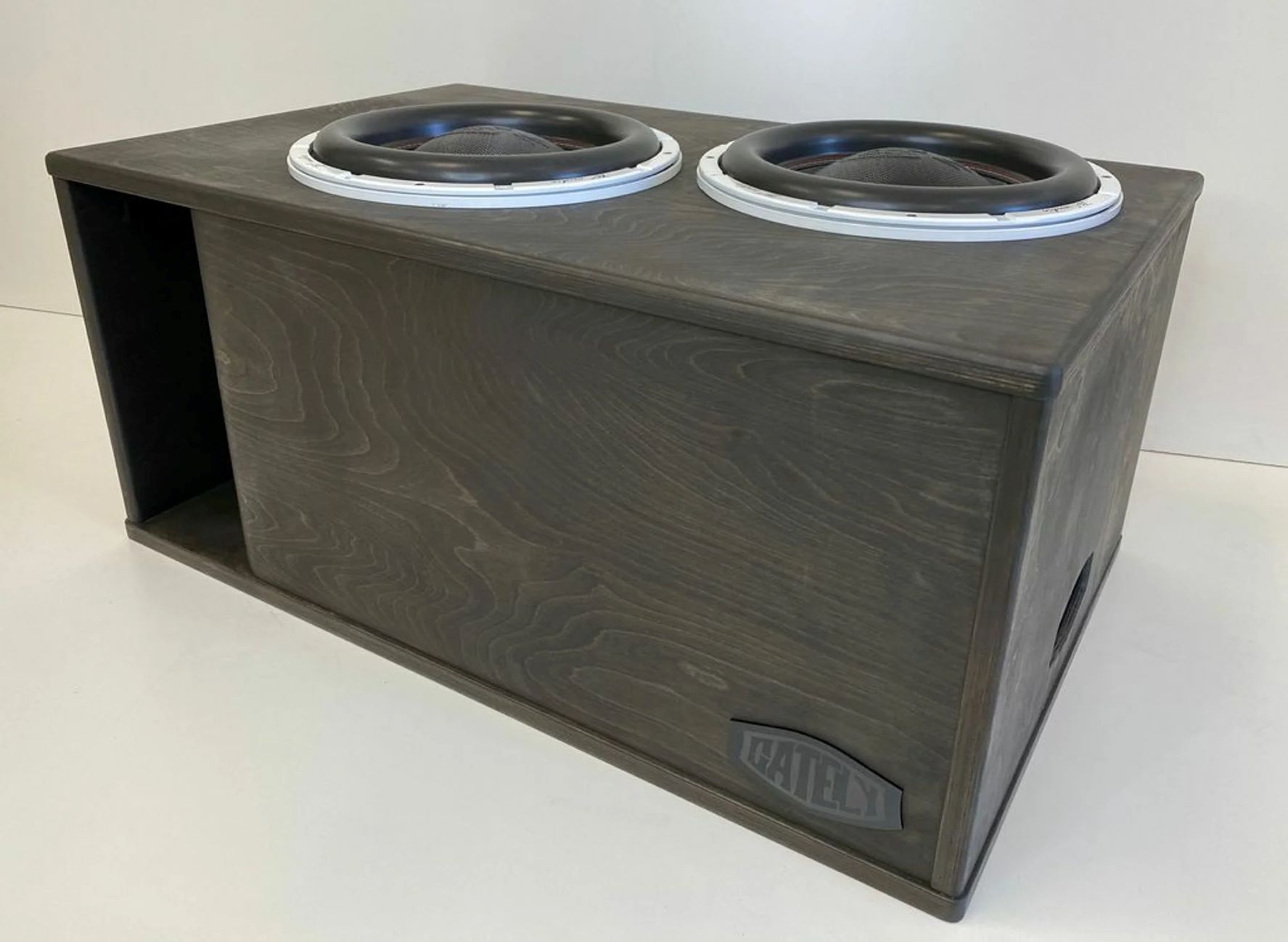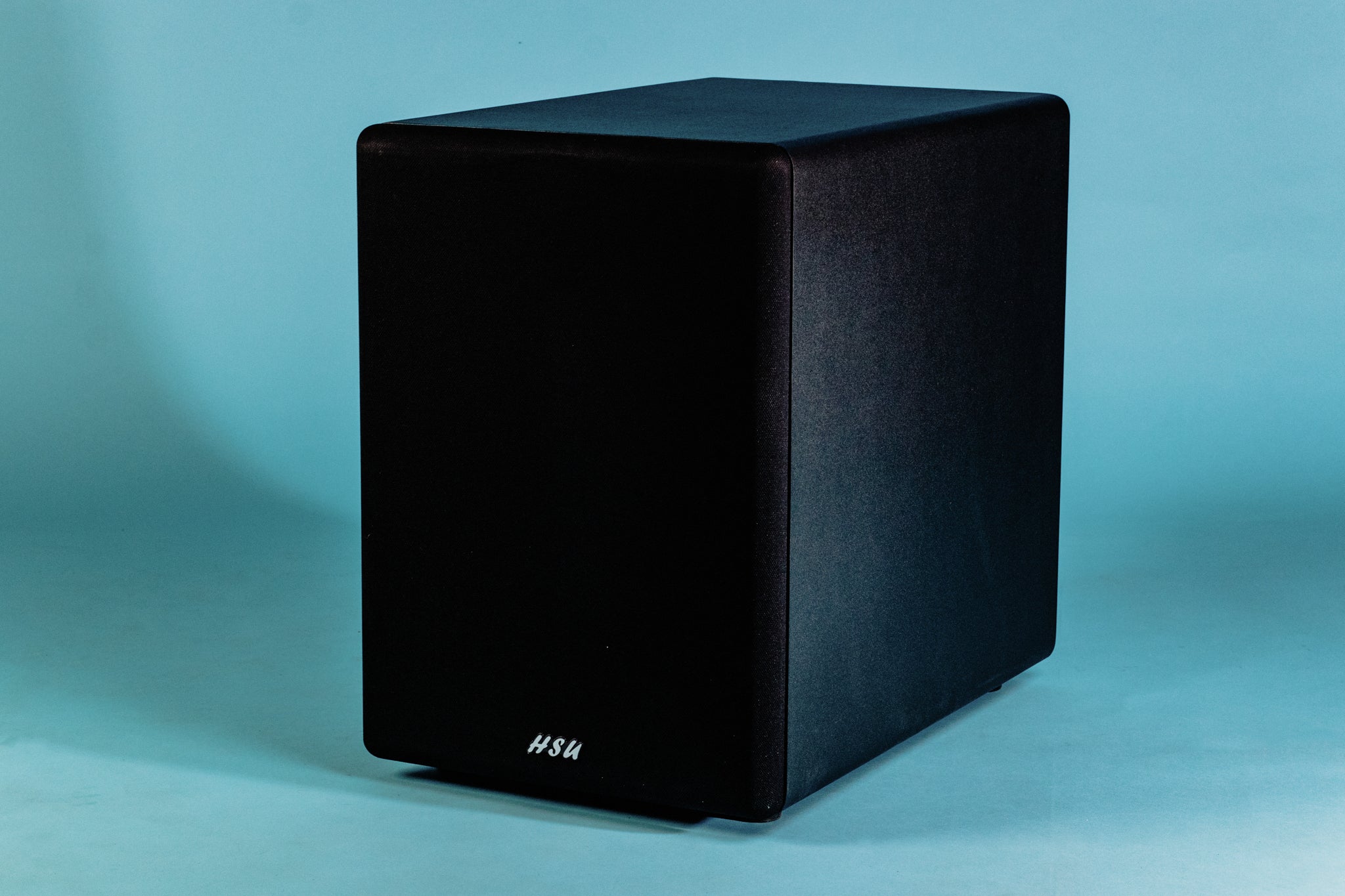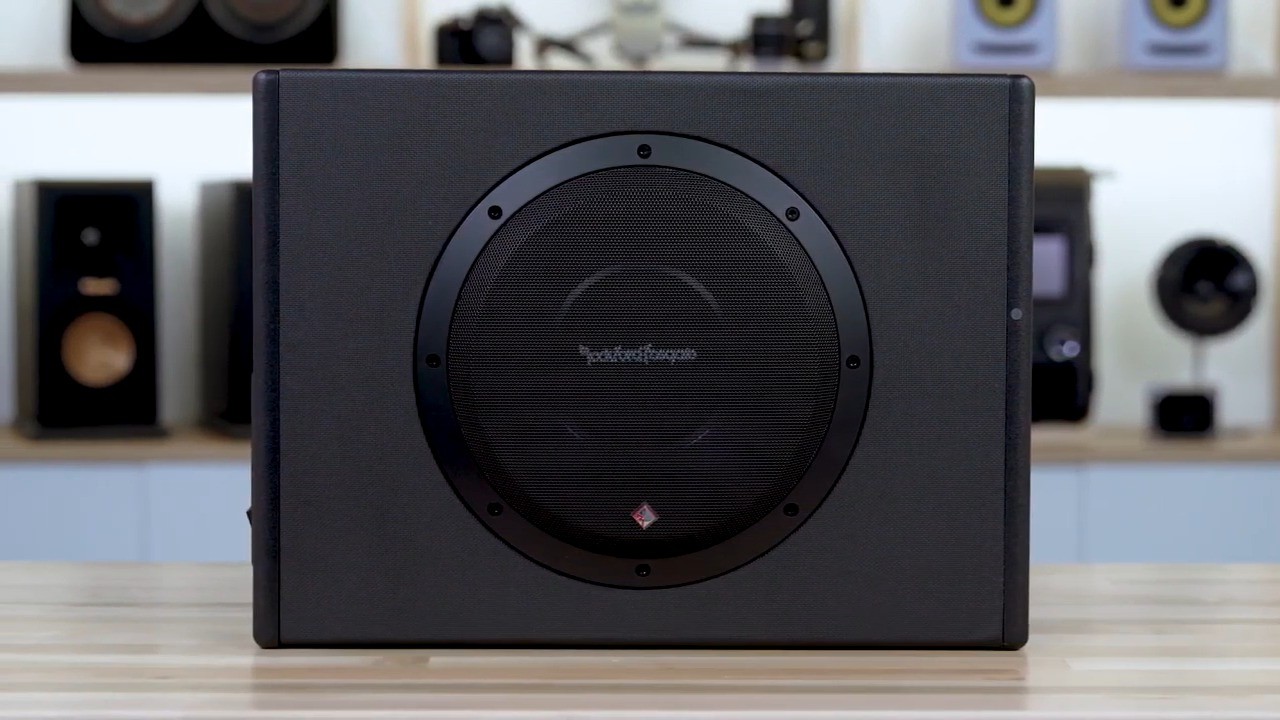Home>Devices & Equipment>Subwoofer>How To Seal A Subwoofer Box
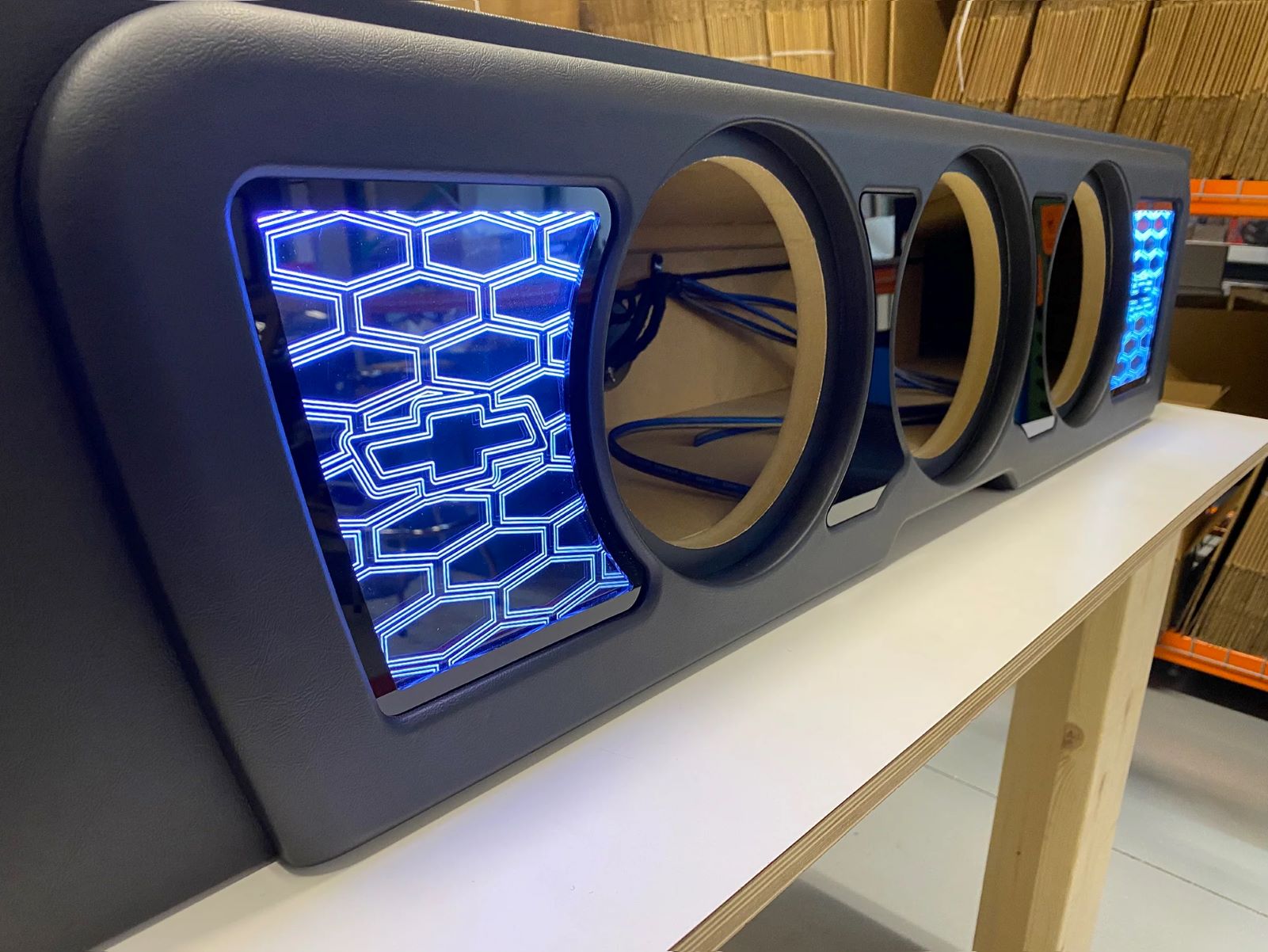

Subwoofer
How To Seal A Subwoofer Box
Published: January 22, 2024
Learn how to properly seal a subwoofer box to enhance the performance of your subwoofer. Discover the steps and techniques to ensure a tight and effective seal.
(Many of the links in this article redirect to a specific reviewed product. Your purchase of these products through affiliate links helps to generate commission for AudioLover.com, at no extra cost. Learn more)
Table of Contents
Introduction
Sealing a subwoofer box is a crucial step in optimizing your audio system’s performance. A properly sealed box ensures that the sound waves produced by the subwoofer are contained within the enclosure, allowing for better bass response and overall sound quality.
When a subwoofer box is not sealed properly, air leaks can occur, leading to a loss of bass and diminished performance. Additionally, the uncontrolled air escaping from the box can cause unwanted rattling and distortion. By sealing the subwoofer box, you create an airtight environment that maximizes the subwoofer’s capabilities and prevents any unwanted noise or vibration.
In this article, we will guide you through the process of sealing a subwoofer box effectively. Whether you are starting from scratch with a DIY subwoofer build or looking to seal an existing box, our step-by-step instructions will help you achieve optimal performance from your subwoofer.
Before we begin, make sure to gather all the necessary materials to seal your subwoofer box properly. Having the right tools on hand will ensure a smooth and efficient sealing process.
Materials Needed
To seal a subwoofer box effectively, you will need the following materials:
- Silicone Sealant: Choose a high-quality silicone sealant specifically designed for use with subwoofer enclosures. Look for one that is durable, flexible, and resistant to moisture and vibrations.
- Caulking Gun: A caulking gun is essential for easy and precise application of the silicone sealant.
- Clean Cloth: Keep a clean cloth handy to wipe away any excess sealant and ensure a neat finish.
- Denatured Alcohol: Use denatured alcohol to clean the surfaces where you will be applying the silicone sealant, ensuring a strong bond.
- Masking Tape: Masking tape will help you create clean lines and prevent any silicone sealant from spreading where it shouldn’t.
- Small Paintbrush: A small paintbrush will come in handy for applying the silicone sealant to hard-to-reach areas or detailed corners.
- Utility Knife: You may need a utility knife to remove any unwanted material or trim excess sealant.
Having these materials readily available will make the subwoofer sealing process smoother and more efficient, resulting in a well-sealed enclosure that enhances your audio system’s performance.
Step 1: Clean and Prepare the Subwoofer Box
Before you can begin sealing your subwoofer box, it’s essential to ensure that the surface is clean and free from any debris or existing sealant. Follow these steps to clean and prepare the subwoofer box:
- Remove the subwoofer: If there is a subwoofer installed in the box, carefully disconnect and remove it.
- Inspect the box: Examine the subwoofer box for any existing sealant or debris. If there is old sealant, use a utility knife to carefully scrape it off. Be cautious not to damage the box or any internal components.
- Clean the surfaces: Use a clean cloth and denatured alcohol to thoroughly clean the surfaces that will receive the silicone sealant. This step is crucial as it ensures proper adhesion and a strong bond between the sealant and the box.
- Mask off any areas: If you have any areas that you don’t want the silicone sealant to touch (such as driver mounting holes), use masking tape to cover and protect them.
- Create a clean work area: To prevent any dirt or dust from getting onto the newly cleaned surfaces, set up a clean and controlled work area. Make sure there are no particles that could compromise the adhesion of the sealant.
By thoroughly cleaning and preparing your subwoofer box, you establish a clean and suitable surface for the silicone sealant application. This step ensures optimal adhesion and a tight seal, resulting in improved performance from your subwoofer.
Step 2: Apply Silicone Sealant to the Inside Joints
Once the subwoofer box is clean and prepared, it’s time to apply silicone sealant to the inside joints. This step will help create an airtight seal and prevent any air leaks. Follow these steps to apply silicone sealant to the inside joints:
- Load the silicone sealant into the caulking gun: Insert the tube of silicone sealant into the caulking gun. Cut the tip of the tube at a 45-degree angle to create a small opening.
- Start with the internal corners: Begin by applying a steady and even bead of silicone sealant to the internal corners of the subwoofer box. Make sure to run the sealant along the entire length of each joint, ensuring complete coverage.
- Smooth the sealant: Use your finger or a small paintbrush to smooth out the sealant, ensuring that it completely fills the joints and creates a uniform seal. This step is crucial for achieving an airtight seal and preventing any leaks.
- Repeat for the remaining joints: Continue applying silicone sealant to all the inside joints of the subwoofer box, including the edges where the top, bottom, and sides of the box meet. Again, make sure to smooth out the sealant for a clean and even finish.
Applying silicone sealant to the inside joints of the subwoofer box is essential for creating a sealed enclosure that allows for optimal bass response. By following these steps, you can ensure that the sealant covers all the internal corners and joints, resulting in improved audio performance and reduced air leakage.
Step 3: Apply Silicone Sealant to the Outside Joints
Once the inside joints of the subwoofer box are sealed, it’s time to apply silicone sealant to the outside joints. This step will further reinforce the seal and prevent air leaks, ensuring optimal performance from your subwoofer. Follow these steps to apply silicone sealant to the outside joints:
- Reload the caulking gun: If necessary, load a fresh tube of silicone sealant into the caulking gun. Cut the tip of the tube at a 45-degree angle.
- Start with the external corners: Begin by applying a bead of silicone sealant along the external corners of the subwoofer box. Run the sealant along the entire length of each joint, ensuring thorough coverage.
- Smooth the sealant: Use your finger or a small paintbrush to smooth out the sealant and create a clean, even finish. Pay close attention to any gaps or areas where the sealant may not have fully filled the joint.
- Repeat for the remaining joints: Continue applying silicone sealant to all the outside joints of the subwoofer box, including the edges where the top, bottom, and sides of the box meet. Ensure that the sealant completely covers the joints.
Applying silicone sealant to the outside joints of the subwoofer box adds an extra layer of protection and reinforcement to the seal. This step helps ensure that the box remains airtight, minimizing any potential air leaks and improving overall sound quality. Take your time to apply the sealant carefully and thoroughly, paying attention to any areas that may require additional coverage.
Step 4: Seal Any Vent Holes or Ports
As you continue the process of sealing your subwoofer box, it’s crucial to address any vent holes or ports that may be present. Sealing these openings ensures that all air is contained within the enclosure, allowing for better bass response and preventing air leaks. Follow these steps to seal any vent holes or ports:
- Identify the vent holes or ports: Locate any vent holes or ports on the subwoofer box. These are typically found on the front, sides, or back of the enclosure.
- Clean the surface around the vent holes or ports: Use a clean cloth and denatured alcohol to wipe the surface around the vent holes or ports. Remove any debris or residue to ensure proper adhesion of the sealant.
- Apply silicone sealant to the vent holes or ports: Use the caulking gun to apply a bead of silicone sealant around each vent hole or port. Make sure to completely cover the openings, creating an airtight seal.
- Smooth the sealant: Use a finger or a small paintbrush to smooth out the sealant and create a clean finish. Ensure that the sealant completely fills the vent holes or ports and adheres to the surrounding surface.
Sealing any vent holes or ports on the subwoofer box is essential for maintaining an airtight enclosure and optimizing the performance of your audio system. By following these steps, you can prevent any air leaks and ensure that all sound is directed through the subwoofer, resulting in improved bass response and overall audio quality.
Step 5: Let the Sealant Cure
After completing the silicone sealant application, it is important to allow sufficient time for the sealant to cure. Curing refers to the process of the sealant drying and forming a strong bond with the surfaces it is applied to. Follow these guidelines to ensure proper curing of the sealant:
- Check the sealant’s instructions: Different silicone sealants have varying cure times, so it is essential to refer to the product’s instructions or packaging for specific guidance.
- Avoid disturbing the sealant: During the curing process, it is important to avoid touching or disturbing the sealant. This can disrupt the bond and compromise the effectiveness of the sealing.
- Allow sufficient curing time: Typically, silicone sealants need at least 24 hours to cure fully. However, some sealants may require more extended curing periods. Be patient and give the sealant ample time to dry and cure properly.
- Avoid exposing the sealant to moisture: To ensure the best and most durable seal, keep the subwoofer box in a dry environment while the sealant is curing. Moisture can interfere with the curing process and compromise the seal’s integrity.
- Remove masking tape, if used: If you applied masking tape to protect certain areas during the sealant application, carefully remove it after the recommended curing time has passed. Take care not to disturb the freshly cured sealant while removing the tape.
Allowing the sealant sufficient time to cure is crucial in ensuring the effectiveness and longevity of the seal. By following these guidelines and being patient throughout the curing process, you can achieve a well-sealed subwoofer box that enhances the performance of your audio system.
Conclusion
Sealing a subwoofer box is a vital step in optimizing the performance of your audio system. By creating an airtight enclosure, you can improve bass response, prevent air leaks, and enhance overall sound quality. Through the steps outlined in this article, you can effectively seal your subwoofer box and achieve optimal results.
Starting with cleaning and preparing the subwoofer box, removing any existing sealant and ensuring a clean surface, sets the foundation for a successful seal. Applying silicone sealant to the inside and outside joints ensures a tight and secure fit, preventing any air leaks that may compromise the performance of your subwoofer.
Addressing any vent holes or ports is also crucial in maintaining an airtight enclosure. By sealing these openings, you can direct all sound through the subwoofer, creating a more immersive and impactful audio experience.
Finally, allowing the silicone sealant sufficient time to cure is essential for the seal to fully bond and provide a durable and effective barrier against air leaks. Patience during this process ensures that the sealant forms a strong connection to the subwoofer box’s surfaces.
Remember to follow the manufacturer’s instructions for the silicone sealant you choose, as recommendations may vary. Additionally, always work in a well-ventilated area and take appropriate safety precautions when handling sealants and tools.
By sealing your subwoofer box properly, you can unlock the full potential of your audio system, making your listening experience more immersive, powerful, and enjoyable.

